Federal & Police Surveillance of Black Lives Matter Protesters in 2020

Drone footage of a Black Lives Matter protest captured by the Louisville Police Department in late May 2020. (Source)
October 28, 2020 ~ By Shari Rose
Federal Surveillance of Black Lives Matter Protesters in Cities Across the U.S.
When a bystander’s video of Minneapolis police officers killing George Floyd went viral, the city and much of the nation was outraged. Protest movements emerged immediately, and demonstrators called for murder charges to be filed against Derek Chauvin and other MPD officers involved. The Black Lives Matter (BLM) movement gained incredible momentum as nationwide protests, marches, and demonstrations started in large cities across the country, demanding justice in the killing of George Floyd and other unarmed Black Americans killed by police in recent memory.
As thousands of anti-police brutality protesters flooded the streets of major cities, including Minneapolis, Detroit, Philadelphia, New York City, DC, and more, the Department of Homeland Security (DHS) quietly deployed aerial surveillance technology to record photos and videos of these protesters. DHS sent drones, helicopters, and planes to more than 15 cities across the U.S. during Black Lives Matter protests that took place in late May and continued through June.
This particular surveillance technology is typically used by Customs and Border Protection (CBP) to patrol the U.S. border, but DHS employed it to surveil thousands of people protesting against the police brutality and lack of charges for officers involved in the killings of unarmed Black people.
The footage collected by the federal government on protesters was sent to a digital feed called the “Big Pipe,” which is a large network controlled by DHS that multiple federal agencies and law enforcement use to access photos, videos, notes, reports, and other information on groups and individuals in the U.S.
Unearthed documents from CBP reveal more than 270 hours of recordings during May and June of protesters calling for justice in George Floyd’s death. Data shows that during Black Lives Matter protests in May and June during the first two weeks, police arrested more than 17,000 people in 50 cities across the U.S. The vast majority of those arrested were charged with nonviolent misdemeanors, such as violating curfew.
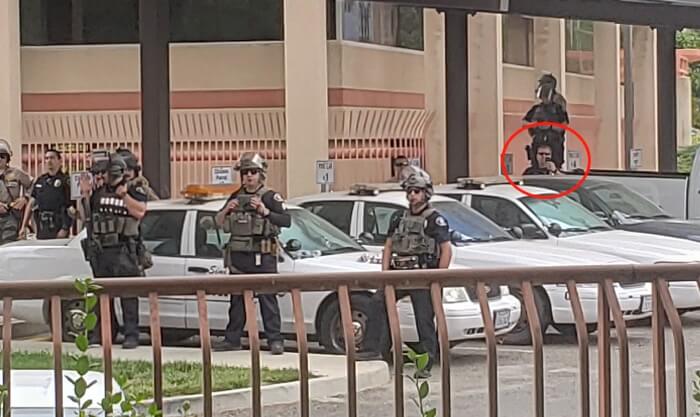
A Simi Valley police officer appears to take a picture of me on his phone while I participated in a Black Lives Matter protest on June 6, 2020. (Shari Rose/Blurred Bylines)
Patterns of Protecting White Supremacist Groups Despite Violent Attacks
As police and federal agencies utilize their extensive resources to track, identify and surveil BLM protesters, they do not exercise that same power when far-right, white supremacist groups, such as the Proud Boys or the Boogaloo movement, enter the situation, despite being armed with automatic weapons and often instigating violence with their political enemies.
A report from DHS itself discovered that white supremacy was the “most persistent and lethal threat in the homeland.” However, the intelligence chief for the department, Brian Murphy, who was later removed from his post after becoming a whistleblower, accused DHS of burying and delaying the release of the report, as well as downplaying the threat of violent white supremacist groups in the U.S. He also accused acting secretary Chad Wolf of blocking the report’s release because of how it would “reflect upon President Trump.”
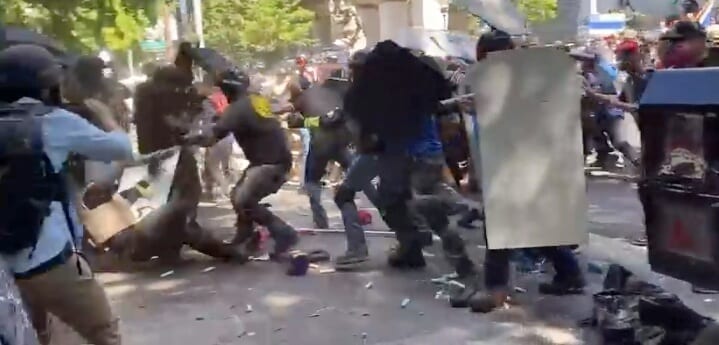
Police stand by and watch as Proud Boys trade punches with Black Lives Matter protesters in Portland on August 22. (Source)
In late October 2020, the Center for Strategic and International Studies published a report that found far-right white supremacists committed 41 of 61 “terrorist plots and attacks” in 2020. It also discovered that white supremacists were the most deadly domestic terrorists in recent years.
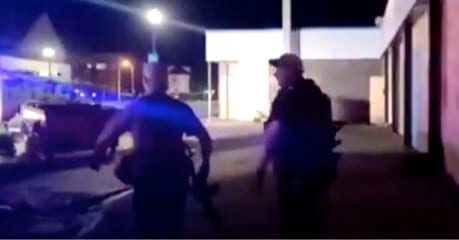
Right-wing protesters carrying automatic guns are asked by police if they need any water in Kenosha on August 25. (Source)
Despite the threat these groups present, police departments are often caught on camera providing protection and support to far-right groups, while beating and gassing anti-police brutality protesters in the same area. For instance, the night that 17-year-old Kyle Rittenhouse shot two people to death with an AR-15 in Kenosha, police officers chose not to arrest him, and the teenager went home that night. In the hours before the killings, Kenosha police were filmed offering water to a group of white men carrying automatic guns, with one officer saying that they “appreciate them being there.”
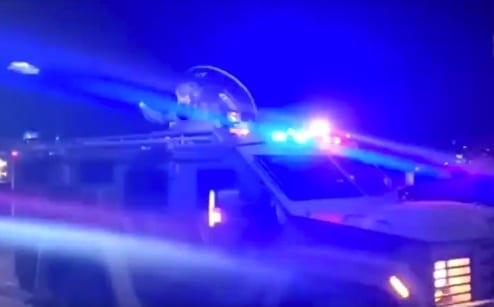
A police officer in an armored truck throws a water bottle to a heavily armed right-wing protester. (Source)
The juxtaposition of police treating white men with guns with decency and respect, while in the same night beating the hell out of and gassing Black and Brown protesters armed with anti-police brutality signs and water bottles is a clear indication that many police officers’ allegiances lie with some of the most violent groups found in the U.S.
Police Surveillance Against BLM Protesters in Portland & Louisville
In Portland, federal agents in unmarked vans dragged individuals off the street, tapped the phones of peaceful protesters as they walked, and viciously kettled and beat sign-carrying BLM protesters with their clubs. While the DHS refuses to acknowledge the extent of their surveillance activities in Portland in 2020, we do know that, in partnership with the Department of Justice (DOJ), they performed cell phone cloning attacks on anti-police brutality protesters.
Share this story
 |
 |
 |
 |
 |
 |
Cell phone cloning allows law enforcement to steal a phone’s information and copy it onto another device. This gives police and federal agents the ability to intercept protesters’ phone communications as they walk in the street, offering them an intimate view of who protesters are talking to and what they’re communicating to one another. This surveillance technology is typically reserved for violent groups with a clear organizational hierarchy, but BLM isn’t a group with some sort of leadership or board. And “antifa” is a decentralized ideology that has no hierarchy or leaders, either. However, that hasn’t stopped Trump and Attorney General Bill Barr from attempting to label antifa as a terror organization, nor DHS from baselessly accusing antifa from receiving funds from the Kurds in Syria.
In addition to cell phone cloning attacks, Homeland Security Acting Deputy Secretary Ken Cuccinelli admitted in July that federal agents used unmarked vans to grab protesters and take them to different locations. These protesters were sometimes charged with misdemeanors, others faced no charges at all after being detained, like Mark Pettibone, a protester walking home after demonstrating in Portland. Unmarked van attacks are not unique to Portland, as federal agents have used the same tactics in New York City and Kenosha.
More stories: El Negro Matapacos & the Riot Dogs Who Protect Protesters
More stories: The Lives of Ferguson & Black Lives Matter Activists Cut Short
After the public learned of Breonna Taylor’s killing by Louisville police, protests in downtown grew in size, as more people began demanding that the police officers involved face charges in her death. In response to the protests, the Louisville Police Department asked the Kentucky State Police for drones to capture more than 160 videos of downtown protests during more than a dozen separate flights.
In police drone footage released to WFPL News, an officer is heard using language like, “light them up,” when talking about protesters. When someone throws a water bottle at the drone, he says “light them up” once more, and police on the ground fire pepper rounds at the crowd of protesters, and the scene fills with smoke.
A different officer responds, “That was fun.”
The FAA says the Kentucky State Police never got a waiver from them to have non-licensed pilots control drones because of the danger they present to people on the ground. When asked by WFPL if they had been using drones at protests, KSP refused to respond.
Police Surveillance of Anti-Police Brutality Protesters in the 2010s
The pattern of police surveilling anti-police brutality protests is not a new trend in 2020, as both police departments and federal agencies are known to collect data on protesters following the police killings of unarmed Black men throughout the 2010s.
Following the deaths of Eric Garner and Michael Brown in 2014, undercover NYPD officers walked through crowds of protesters, taking photos and videos of individuals and leaders in the beginnings of the Black Lives Matter movement. Internal emails show that some officers sent their findings to Thomas Galati, chief of the NYPD’s Intelligence Unit.
The department has denied all allegations, saying in a statement that “The NYPD does not interfere with Constitutionally-protected activities, and did not investigate Black Lives Matter as a political organization or movement.”
Again, these are internal emails that prove that NYPD officers were spying on and surveilling peaceful Black Lives Matter protests, and were obtained through a FOIA request.
Furthermore, according to internal police documents obtained through a separate Freedom of Information Law (FOIL) request, the public learned that the NYPD sent police camera teams to hundreds of Occupy Wall Street and BLM protests from 2011 to 2013, and again in 2016.
The NYPD has over 400 instances of the video team at protests, marches, and demonstrations, collecting hours of footage. In a very telling admission, the department acknowledged that they do not have any evidence of legal authorizations or permissions they obtained before or after surveilling protesters.
During anti-police brutality and Black Lives Matter protests in 2020, activists and journalists have continually identified undercover police officers walking through demonstrations and collecting footage of protesters. Their most obvious tell? A solid-color band on one of their arms.

Undercover cops wearing white armbands confront Black Lives Matter protesters in New York. (Source)
FBI Surveillance Reports on BLM Protesters & Activists
On the federal level, the FBI was discovered to have compiled files on BLM protesters and activists. The Intercept obtained internal FBI emails and documents through a FOIA lawsuit that uncovered their surveillance activities in November 2014. For instance, one heavily redacted FBI report shows that agents tracked a protester’s travel plans and told local officials where this person was heading next. This protester was traveling to Ferguson from New York to protest at a facility operated by Monsanto. The report mentions no violence, criminal activity, or otherwise justification for surveilling this person.
Another released report shows an FBI bomb technician and officer from a different task force conducted a stakeout of a person’s home, and took down information about a vehicle parked outside. There was no indication of a crime committed or any sort of reason for doing so in the document. This report was dated the same day that the grand jury refused to indict officer Darren Wilson for killing Michael Brown in Ferguson.
More stories: The Cruelty of U.S. Migrant Detention Facilities in 2020
More stories: How African Slaves Braided Rice Seeds Into Their Hair & Changed the World
DHS & Police Compile Files on Journalists Covering BLM Protests
In July 2020, the Washington Post obtained intelligence reports from the DHS’ Office of Intelligence and Analysis that detailed tweets written by two journalists covering Black Lives Matter protests in Portland. The office noted that a reporter for the New York Times and the editor of Lawfare had published unclassified documents about DHS activity in the city, including surveillance tactics they were using against protesters.
For example, one tweet from Lawfare’s editor said that DHS agents were using “FINTEL,” or financial intelligence, in addition to “baseball cards” of arrested protesters to learn as much as possible about individuals involved with BLM. The “baseball cards” operations are usually reserved for suspected terrorists outside of the U.S., but Wapo discovered they’re also using the tactics against people who violate curfew in Portland.
When the Post’s article was published, Acting Secretary Chad Wolf announced that the DHS would stop collecting information about journalists covering Portland protests.
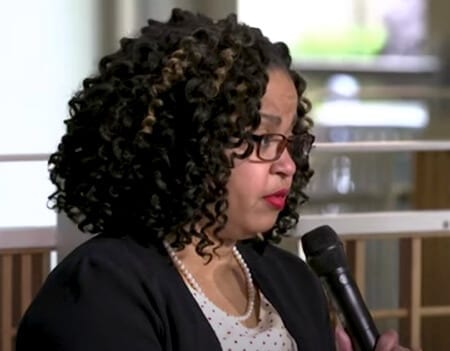
Journalist Wendi C. Thomas. (Source)
Surveillance of journalists by local police continues to weaken the First Amendment. In 2018, journalist Wendi C. Thomas learned that the Memphis Police Department was spying on her. As the result of an ACLU lawsuit, she and three other journalists in the area learned that police were tracking their activity on social media. Thomas suspects that the MPD targeted her because of her sources, who include local organizers and activists associated with Black Lives Matter.
Officers created fake social media accounts on Facebook and other platforms, posing as Black people so they could follow journalists and activists’ movements in the city. It’s worth noting that the MPD has a long history of spying on Black activists and labor organizers, including when they surveilled Martin Luther King Jr. in 1968 when he visited the city.
After anti-police brutality protests occurred at the Memphis Zoo and a “die-in” at the mayor’s front yard in 2016, Memphis police compiled a blacklist of residents barred from City Hall. Among the names on that list, according to the lawsuit, was the mother of Darrius Stewart, a Black teenager killed by police in 2015.
Their reports included details that showed no clear connection to anything violent or criminal, such as notes about “a Black food truck festival” and instances of misidentified social justice activists.
After more than 430 days of waiting, Thomas’s public records request was finally granted. She found screenshots of Facebook posts she made, including a coalition meeting she attended. There were screenshots of her tweets about upcoming events and demonstrations. There was a screenshot of a tweet she wrote that had two likes.
Share this story
 |
 |
 |
 |
 |
 |

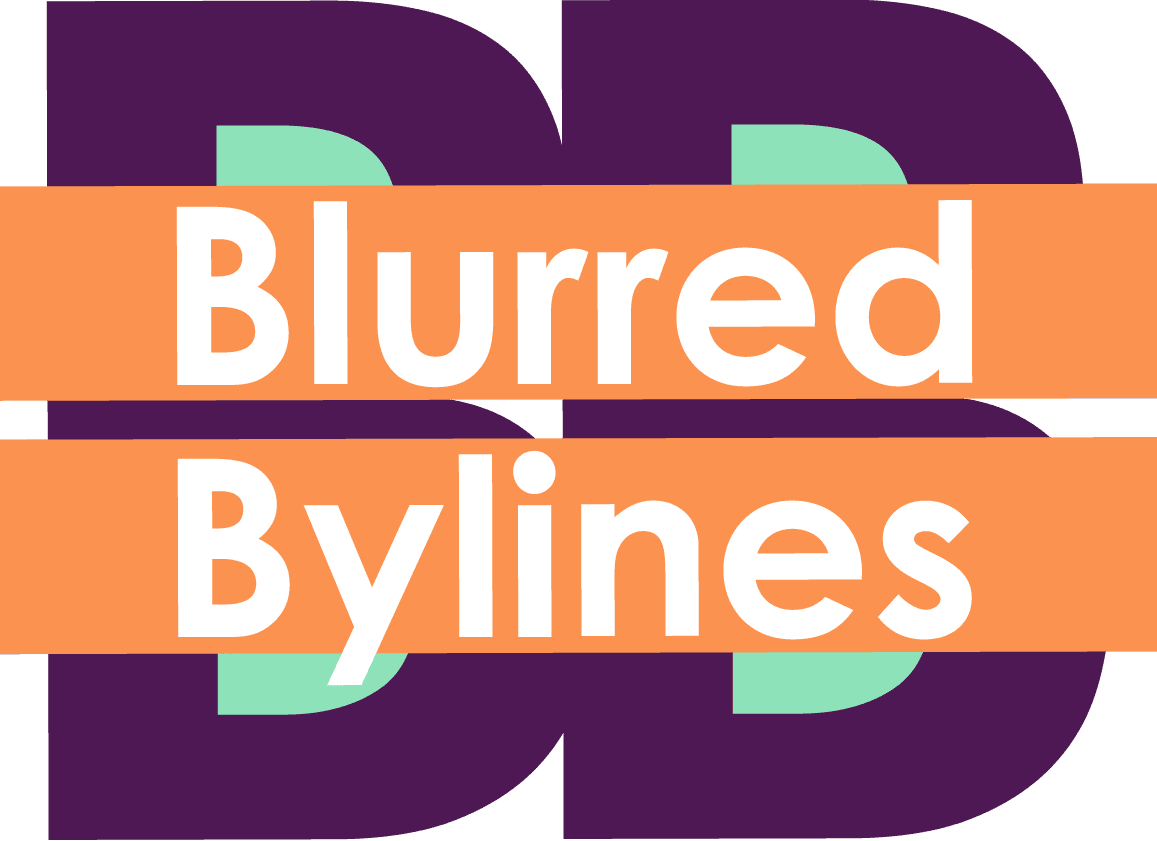



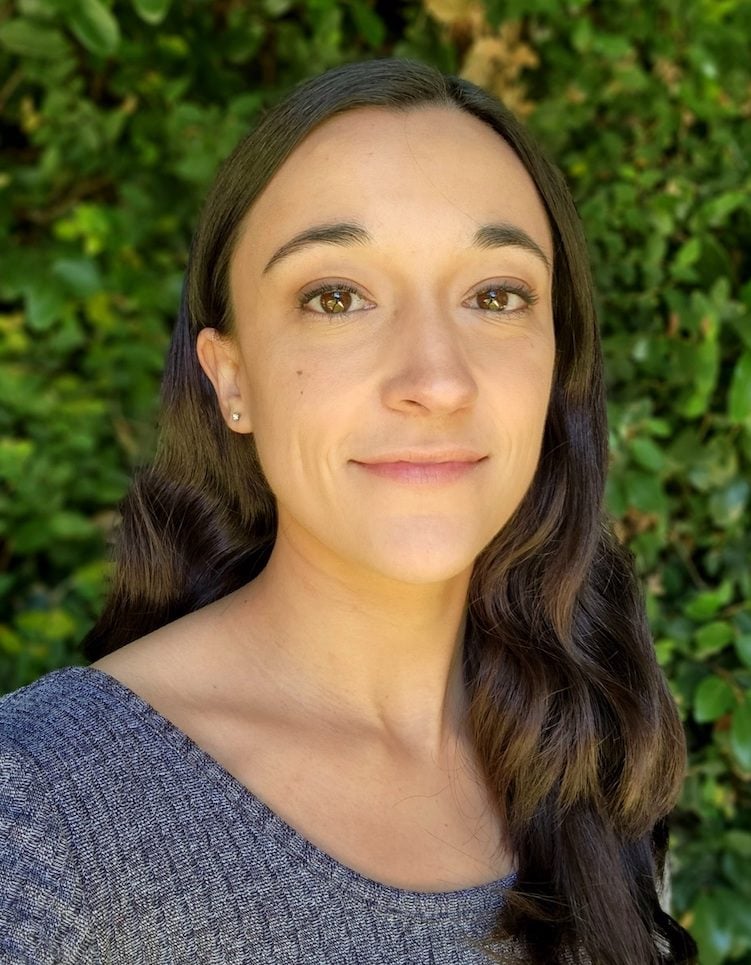
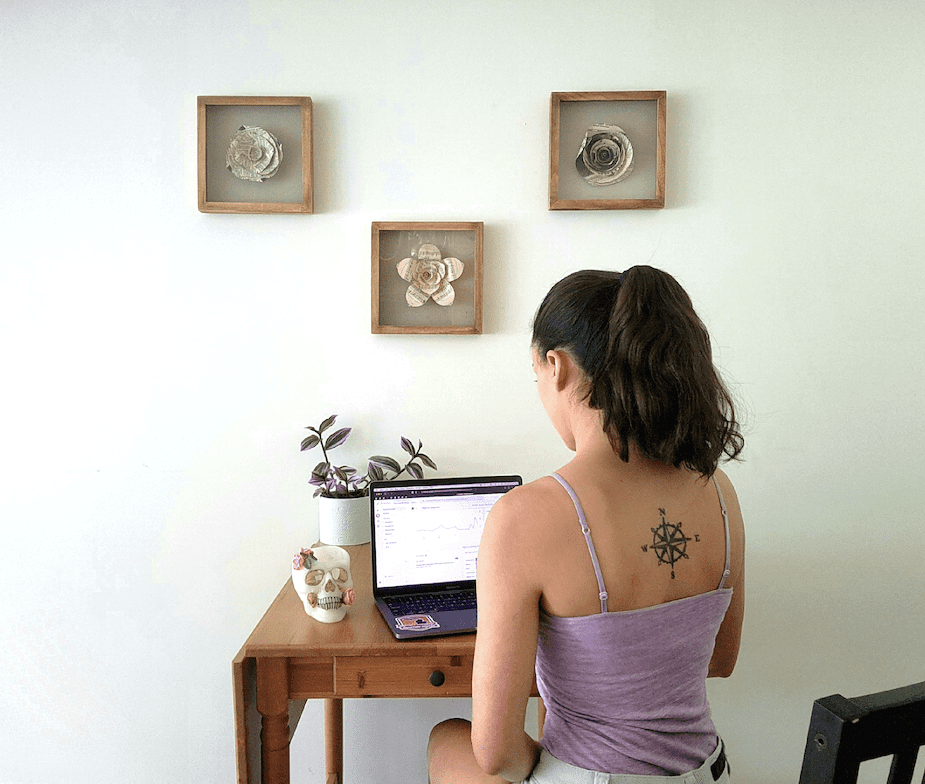
0 Comments